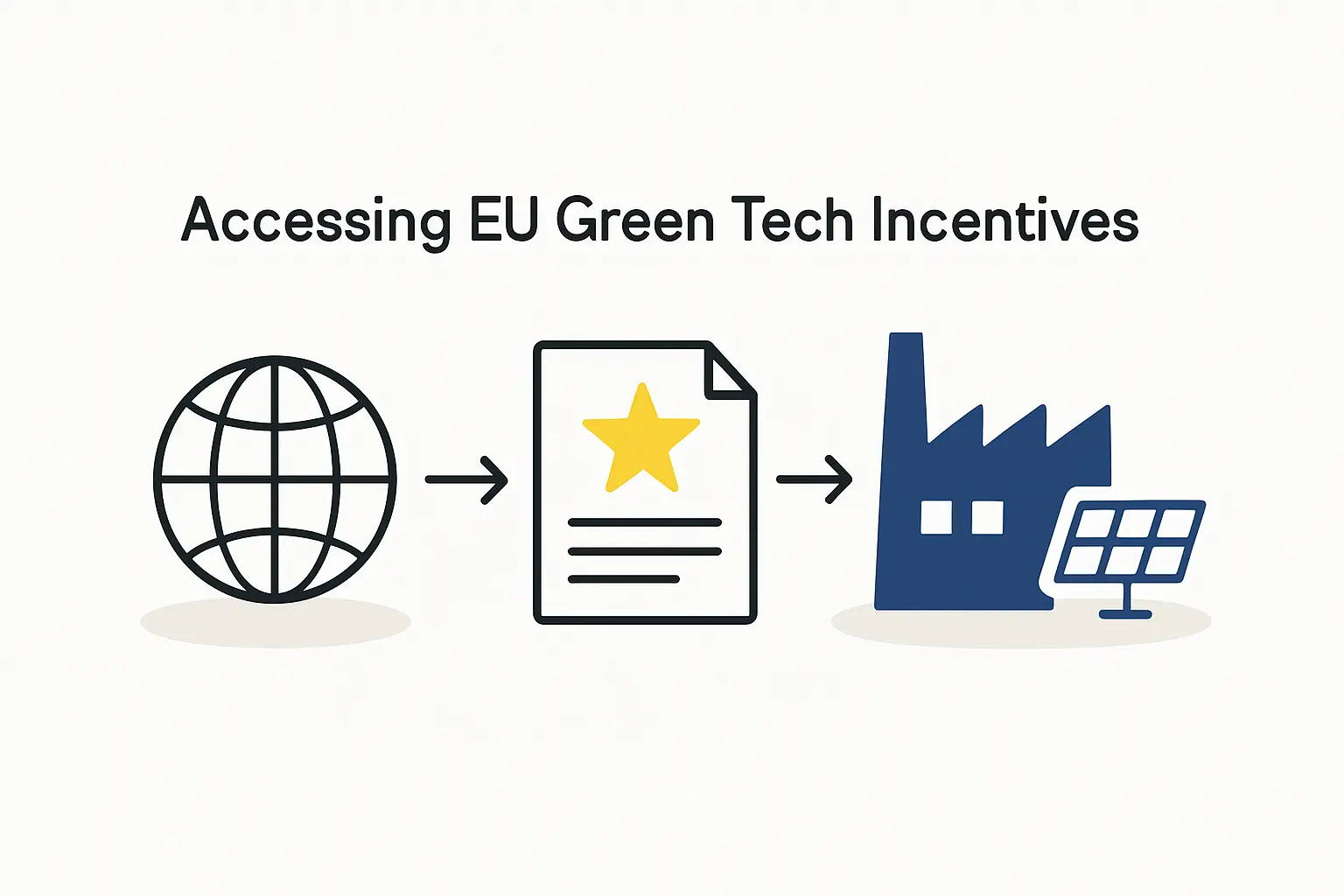The All-Scenario Grid Forming Initiative: A Focus on the Grid forming initiative for Global Renewable Energy Integration
The All-Scenario Grid Forming Initiative, unveiled at the Global Clean Energy Action Forum, aims to advance the development and deployment of grid-forming technologies to support wind and solar integration worldwide. This collaboration of government and industry leaders seeks to address grid stability challenges, accelerate the adoption of renewable energy, and share best practices globally.
Addressing Grid Stability Challenges through the Grid forming initiative
The global transition to renewable energy is gaining momentum, as evidenced by countries like Hungary, whose solar capacity is projected to exceed 8 GW by mid-2025, demonstrating remarkable growth. However, integrating wind and solar into power grids remains challenging. Grid stability is a major concern as more renewable energy is introduced, and addressing this issue is crucial for meeting decarbonization targets. The All-Scenario Grid Forming Initiative aims to accelerate the development and deployment of grid-forming technologies to support wind and solar integration worldwide.
The Initiative was launched at the Global Clean Energy Action Forum in Pittsburgh, bringing together government and industry leaders to collaborate on advancing grid-forming technologies. These technologies are essential for maintaining grid stability as renewable energy sources replace traditional fossil fuels.
One of the key challenges is the role of synchronous generators, which have historically provided grid-forming capabilities. These generators help maintain frequency and voltage stability, but as renewable energy sources like wind and solar replace them, new grid-forming technologies are needed.
Objectives of the Grid forming initiative
The Initiative aims to address several key objectives. First, it seeks to define the role of grid-forming technologies in the next-generation grid. This includes identifying the specific capabilities and performance requirements needed to support the large-scale integration of wind and solar.
Second, the Initiative will develop and validate grid-forming technology for all scenarios. This includes creating a technology roadmap that outlines the different scenarios in which grid-forming technologies will be required. The roadmap will help guide research and development efforts, ensuring that the right technologies are available when needed.
Third, the Initiative will focus on accelerating commercialization and deployment. This includes identifying the barriers to commercialization and finding ways to overcome them. The goal is to ensure that grid-forming technologies are ready for widespread adoption as the demand for renewable energy grows.
Finally, the Initiative aims to demonstrate the value of grid-forming technologies. This involves showcasing successful deployments and sharing best practices to help build confidence in these technologies.
Global Participation and Collaboration in the Grid forming initiative
The Initiative is a global effort, with participation from countries including the United States, Australia, the European Union, India, the United Kingdom, and more. This international collaboration is essential for sharing knowledge and resources, as well as ensuring that grid-forming technologies are developed with global needs in mind. Several countries are making significant strides in solar energy, such as Mexico, which has ambitious plans for a power surge by 2030, detailed in this report about Mexico’s renewable energy expansion.
In addition to government participation, the Initiative also includes key industry partners. These partners bring valuable expertise and resources to the table, helping to drive innovation and commercialization. The Initiative is also working to engage additional stakeholders, including other governments, industry representatives, and research organizations.
Addressing grid stability is a major challenge, but the benefits of overcoming it are significant. By enabling the large-scale integration of wind and solar, grid-forming technologies can help reduce greenhouse gas emissions, improve energy security, and create new economic opportunities. For instance, Zambia is planning to electrify 8.5 million people by 2030 using solar mini-grids, demonstrating the transformative potential of renewable energy.
The All-Scenario Grid Forming Initiative is a critical step toward achieving these goals. By bringing together government and industry leaders, the Initiative is helping to accelerate the development and deployment of the technologies needed to support the global transition to renewable energy.



